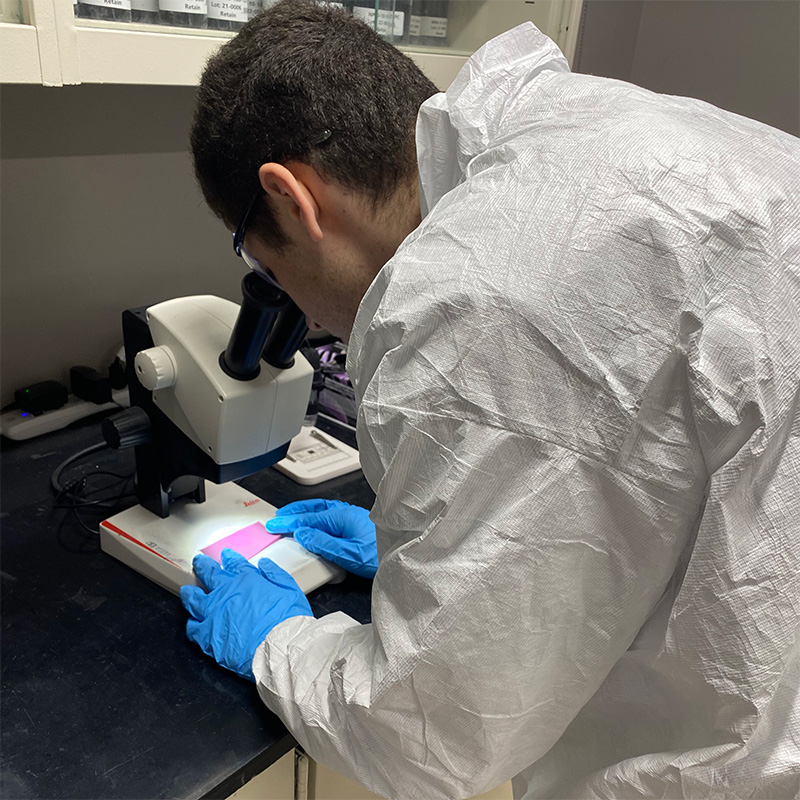Deformulation can be an important part of the long term viability of a company’s product offerings. What actually makes up a product is a crucial topic to be addressed when it comes to product creation. Although this might seem straightforward, it can be difficult and time-consuming to list every component that goes into a product. This is where reverse engineering comes in.
For those looking to safeguard their intellectual property from production problems or patent breaches, chemical reverse engineering is a very useful procedure. By focused product study, it is also used to help companies keep their competitive advantage.
The deformulation of products can be used to achieve each of these objectives. Let’s examine these scientific procedures in more detail.
Chemical Reverse Engineering or Deformulation
Product deformulation, often known as chemical reverse engineering, is the act of disassembling a formula into its component parts and identifying the precise nature and quantity of each part.
A wide range of products can benefit from this ingredient analysis method, which can be used to discover potentially dangerous components, optimize a formulation for competitiveness, find products that violate patents through forensic testing, and uncover production issues.
Despite the fact that numerous laboratories offer deformulation services, the majority of them can only identify and quantify the basic components of a complicated formulation and cannot do a thorough deformulation study.
Reverse engineering has also been used to examine the makeup of products that are being sold as counterfeits. It can help determine whether harmful compounds like lead and arsenic were used in the production process.
By dissolving the target substance to produce a solution, which would then be poured onto a mass spectrometer, reverse engineering can be accomplished. Each molecule in the specimen and its relative abundance within the compound will be revealed by the mass spectrum produced. This enables the specific chemical components of a mixture to be identified.
The Next Big Thing
The next big thing in deformulation chemistry is the integration of advanced analytical techniques and artificial intelligence (AI) algorithms. For example, researchers can use high-resolution mass spectrometry to generate large amounts of data on the chemical composition of a product.
They can then use machine-learning algorithms to identify patterns in the data and predict the most likely ingredients and their quantities. This approach is faster, more accurate, and more efficient than traditional deformulation methods.
Researchers are working on generative models that leverage large chemical formulation datasets. These models will be able to analyze thousands of formulations efficiently and will have a huge impact on product development in many industrial settings, from pharmaceutical formulation to advanced materials.
Final Thoughts
Many developments are being made in the deformulation chemistry space. The integration of AI and generative models will revolutionize the sector in the next few years, making the deformulation process more accurate and efficient than ever.



